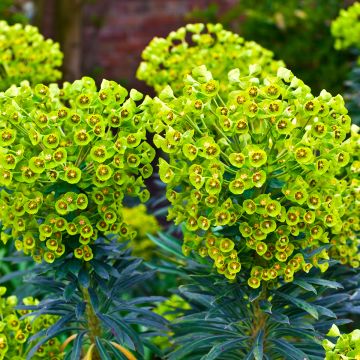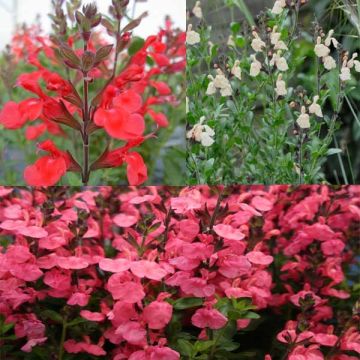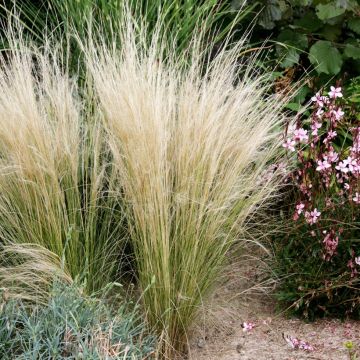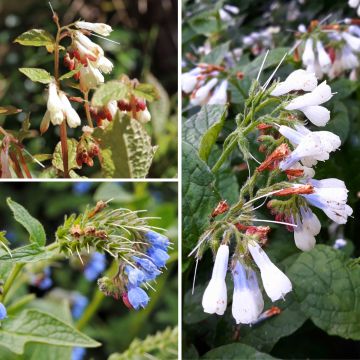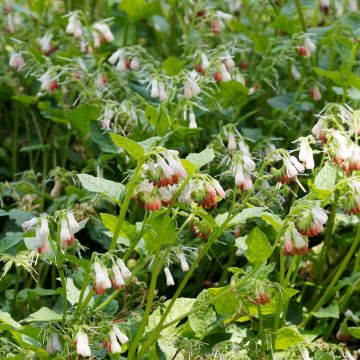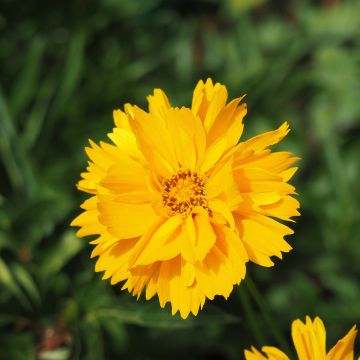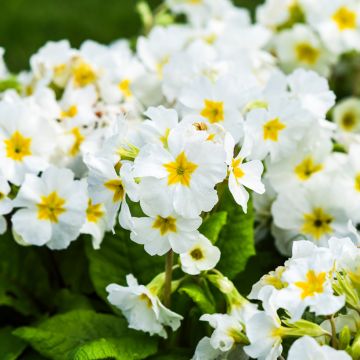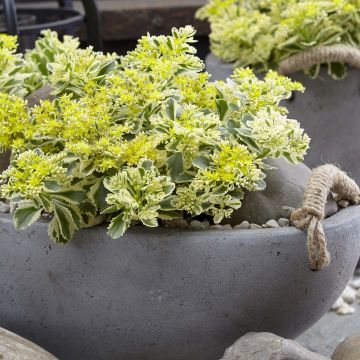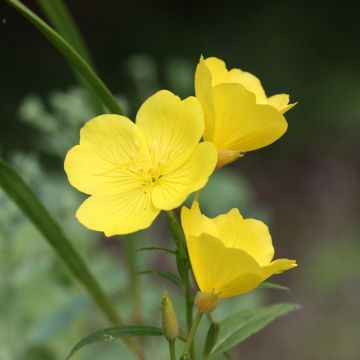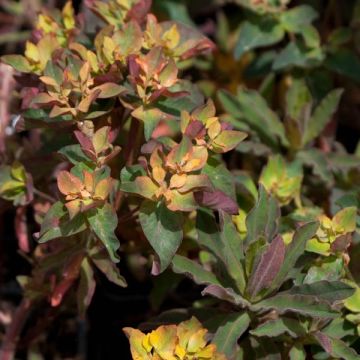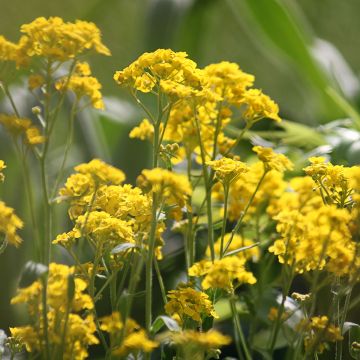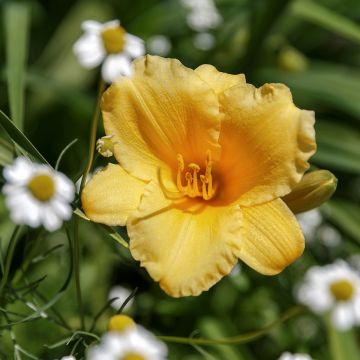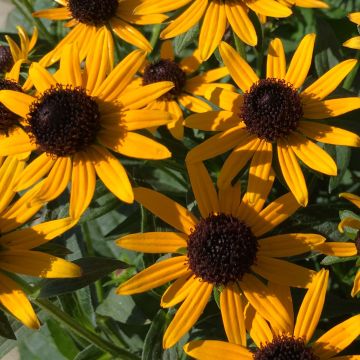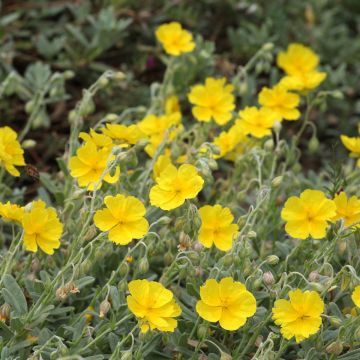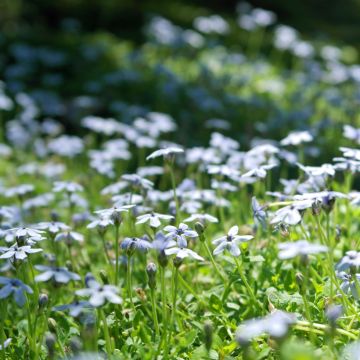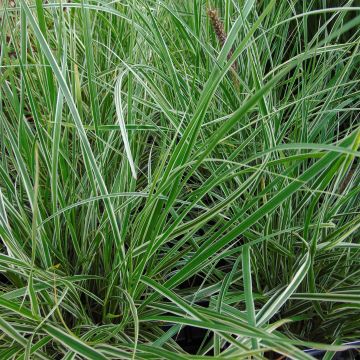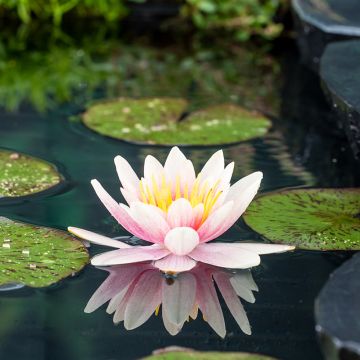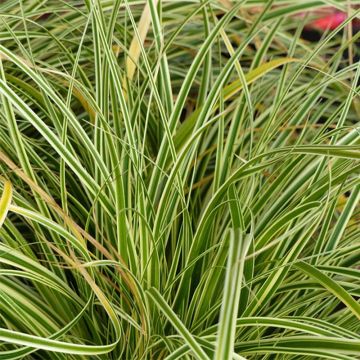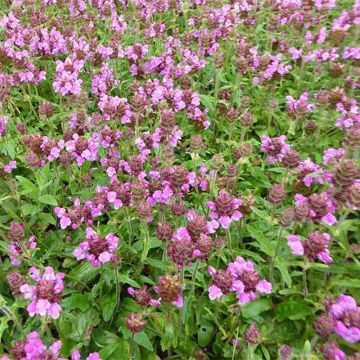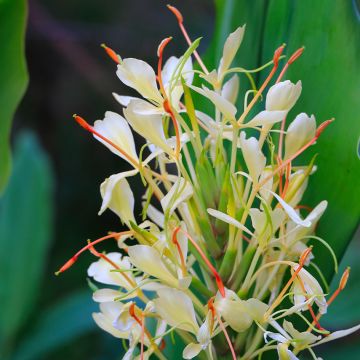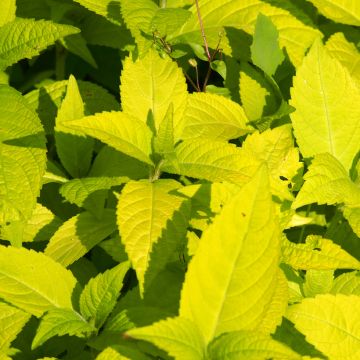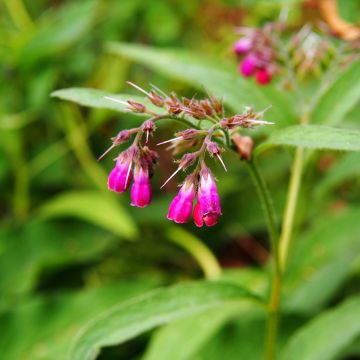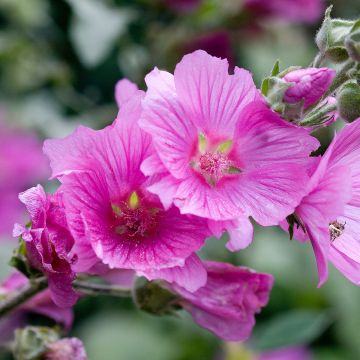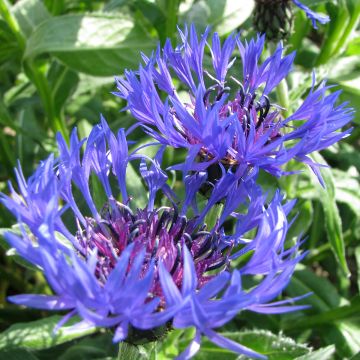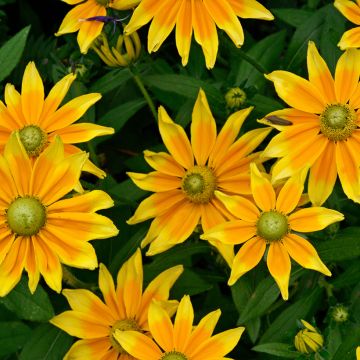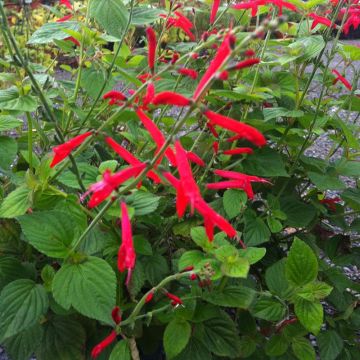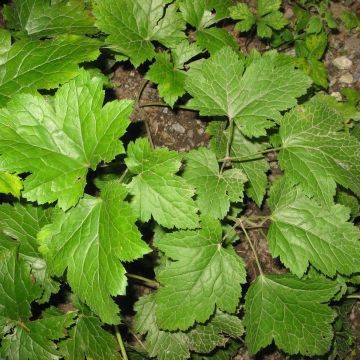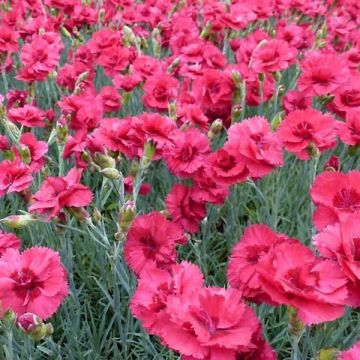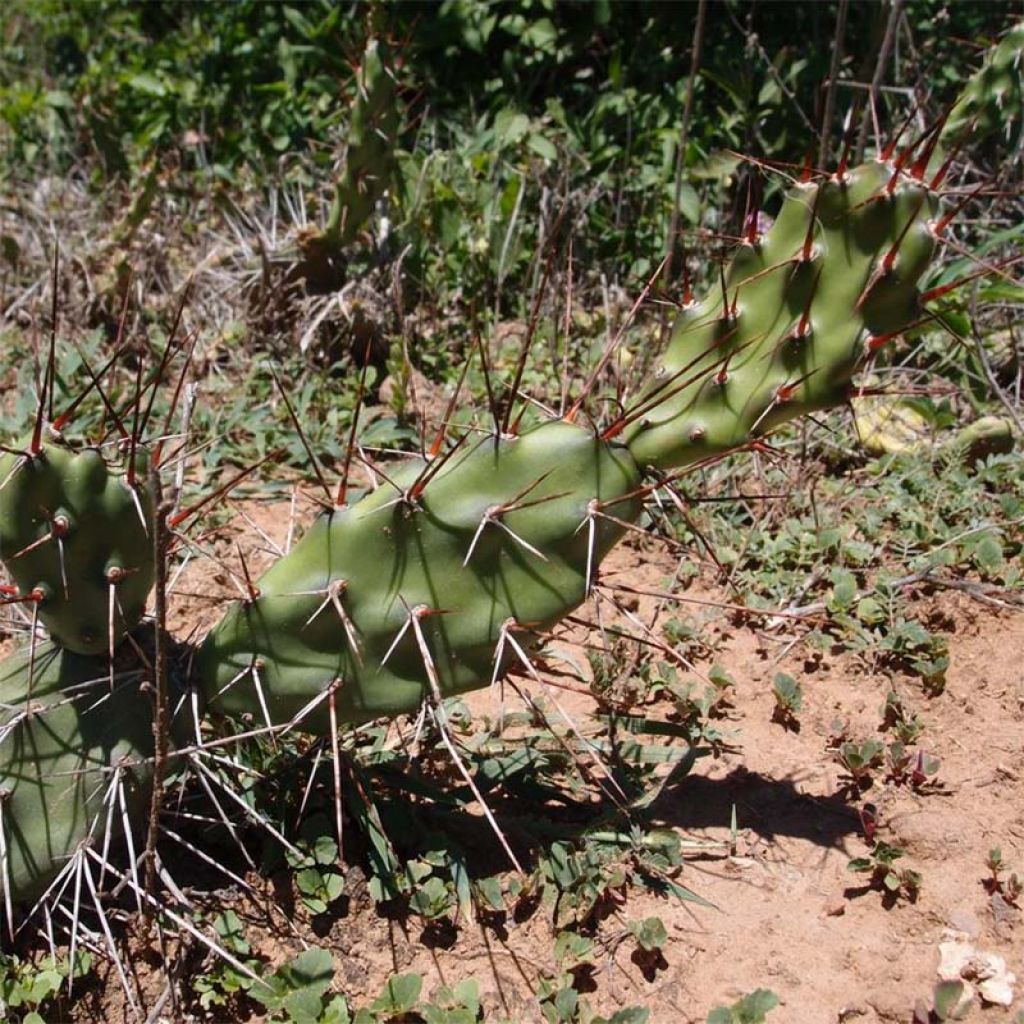

Opuntia anacantha - Prickly Pear
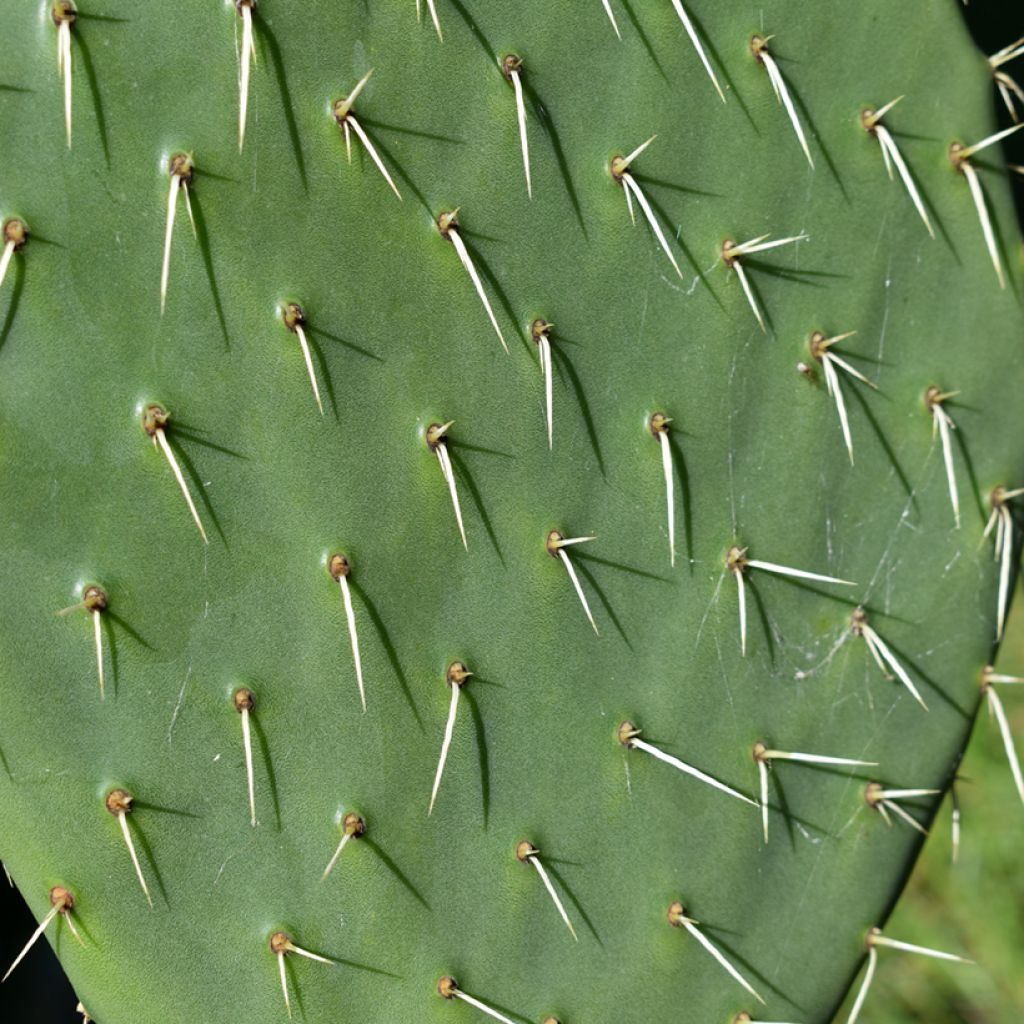

Opuntia anacantha - Prickly Pear
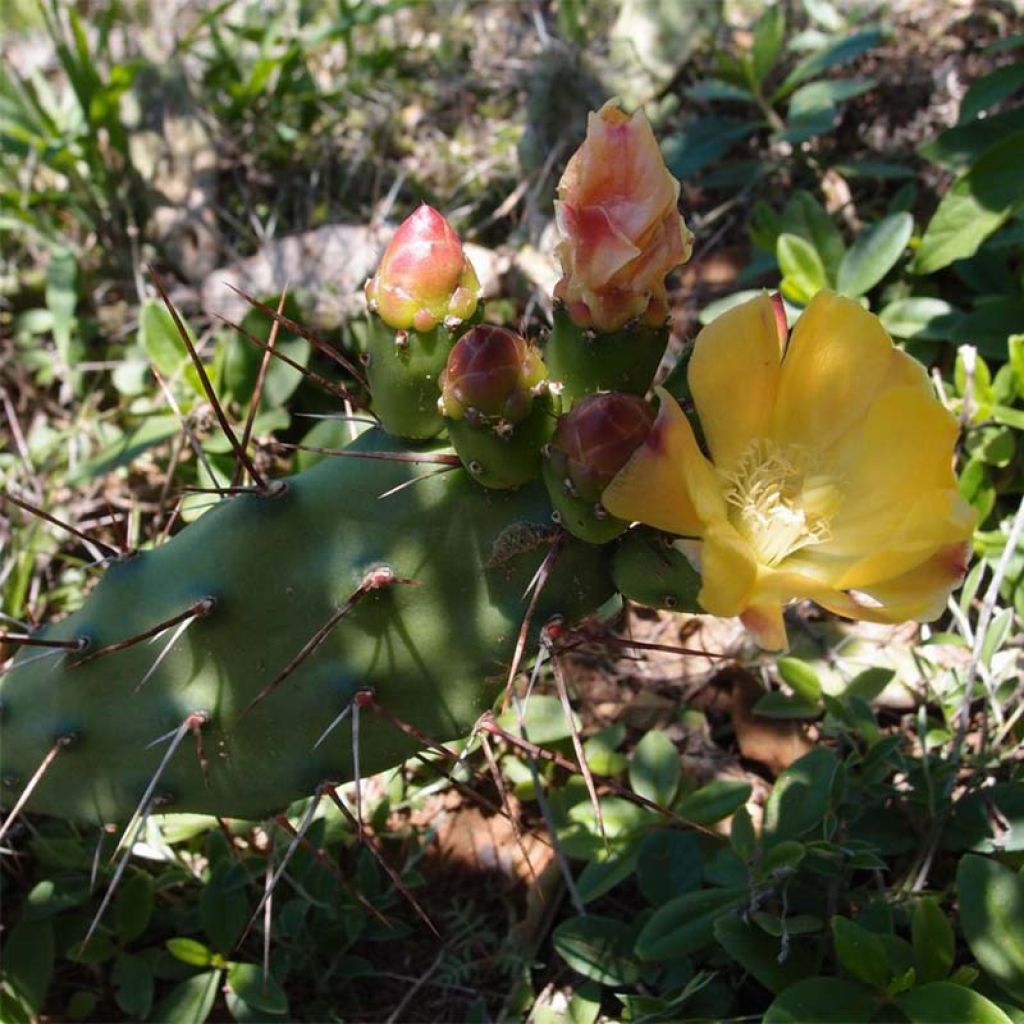

Opuntia anacantha - Prickly Pear
Opuntia anacantha - Prickly Pear
Opuntia anacantha
Thornless Prickly Pear
I received my delivery, big disappointment as I said, the vine-plant completely uprooted, the soil was all in the box and it was damaged.
Sylvie P., 06/10/2018
Why not try an alternative variety in stock?
View all →This plant carries a 12 months recovery warranty
More information
We guarantee the quality of our plants for a full growing cycle, and will replace at our expense any plant that fails to recover under normal climatic and planting conditions.
From €5.90 for pickup delivery and €6.90 for home delivery
Express home delivery from €8.90.
Does this plant fit my garden?
Set up your Plantfit profile →
Description
The Opuntia anacantha is a botanical species of cactus closely related to the prickly pear, quite rare in cultivation and interesting for its vegetation almost devoid of spines, composed of elongated light green pads. The very bright coloration is adorned with small purple spots when the plant is exposed to the heat of the sun. It produces large yellow-orange flowers in late spring or early summer, sometimes tinged with red, whose texture resembles that of silk. This species, native to South America, is not very hardy, up to -7°C (19.4°F) even in perfectly dry soil. It dies not tolerate winter humidity combined with cold well, its cultivation in open ground is therefore reserved for dry and warm Mediterranean climates. Elsewhere, it should be planted in a large pot for overwintering .
The Opuntia anacantha is a succulent plant devoid of true leaves from the cactus family. This botanical species, which varies quite a bit in nature, is native to northern Argentina, Bolivia, Uruguay, and Paraguay. It grows in sandy and poor soils. Its species name, anacantha, means "without spines". This opuntia has a spreading shrubby habit, wider than it is tall. An mature specimen will measure an average of 70 cm (28in) in height and 2 m (7ft) in spread, but depending on the clones, the plant may show a more upright habit, up to 1.5 m (5ft) in height. The vegetation is composed of a trunk that divides into flattened, fleshy, elongated, oval-shaped branches called articles or pads. They measure 15 to 40 cm (6 to 16in) in length and 3.5 to 7 cm (1 to 3in) in width. Their surface, light green in color, is smooth, very shiny, and punctuated with small spots called areoles, which are purple to violet in color. The prickles on this opuntia are few; they measure 4 to 6 cm (2in) in length, whitish in colour. In June, several 6 cm (2in) diameter flowers appear at the end of the branches. Their color is a mix of yellow and orange, more or less intense. The flowers give way to edible fruits that are oval in shape and turn purple when ripe. They are less tasty than those of the prickly pear (Opuntia ficus indica).
This spineless Opuntia will find its place in a large rockery or gravel bed in mild climates. Its very exotic appearance is well suited to a minimal and austere decor, populated with a few grasses, agaves and aloes, Hesperaloe parviflora, and small creeping opuntias like Opuntia humifosa. In cold regions, it is a beautiful collector's plant to be grown in a pot so that it can be stored in a dry, bright, and cool place in winter.
Report an error about the product description
Opuntia anacantha - Prickly Pear in pictures
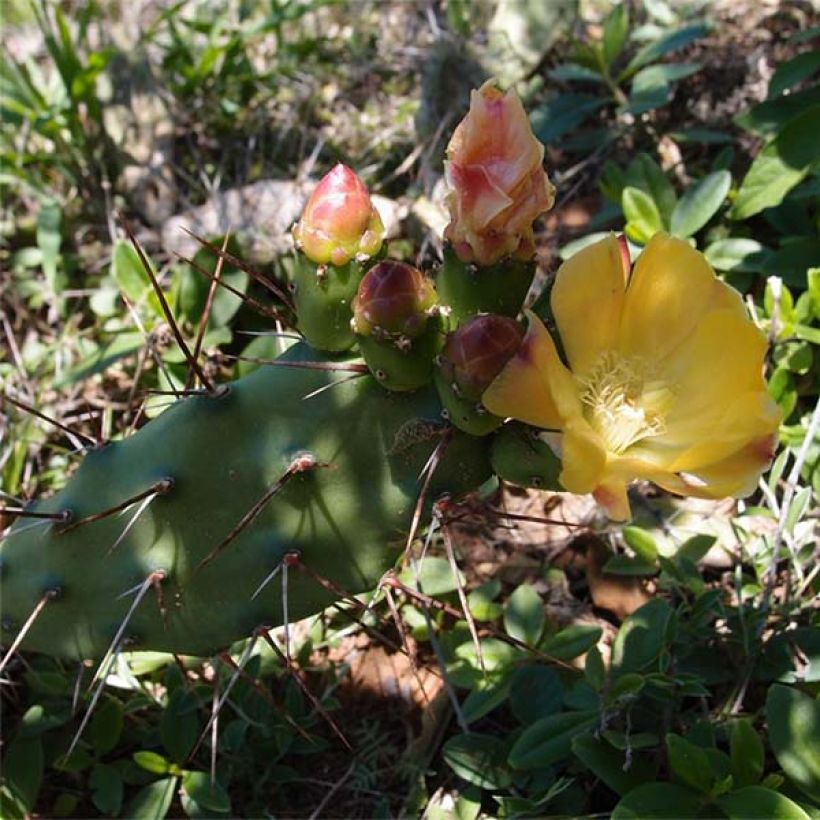

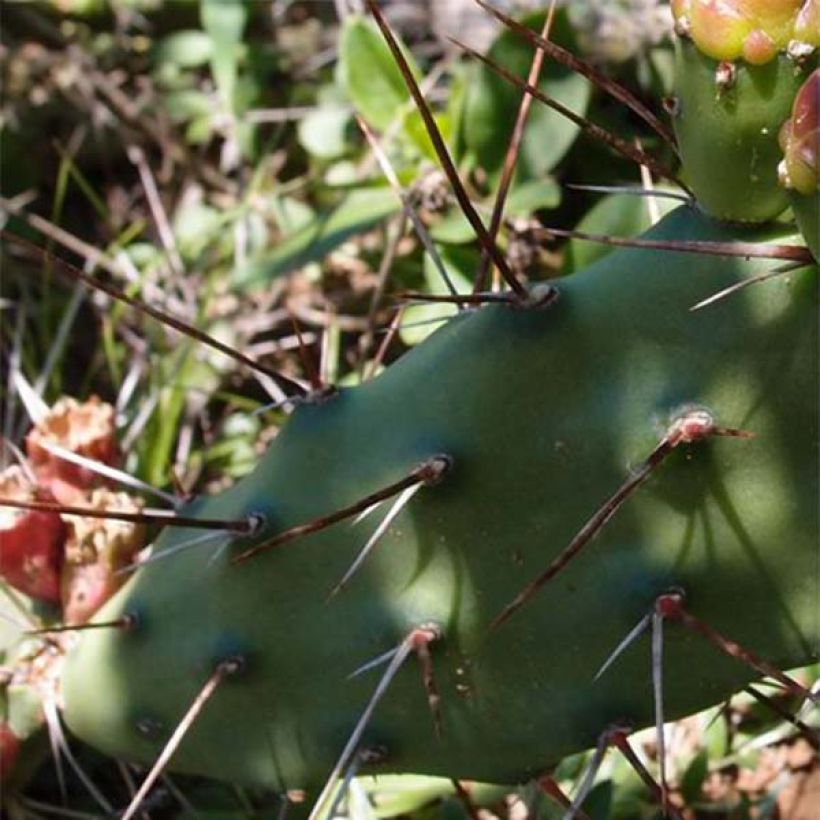

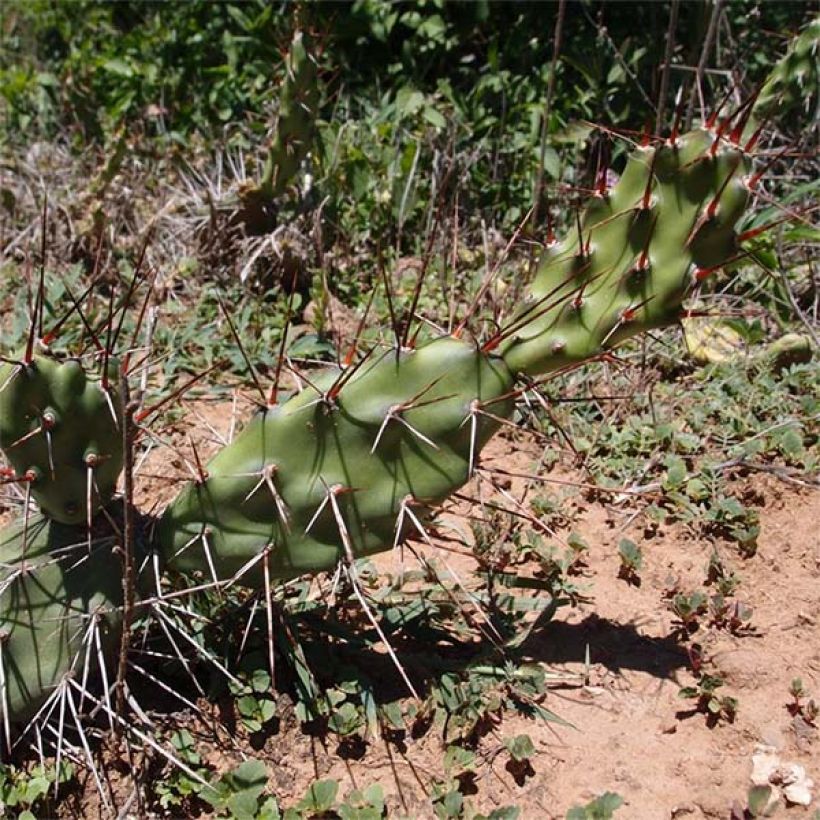

Flowering
Foliage
Plant habit
Botanical data
Opuntia
anacantha
Cactaceae
Thornless Prickly Pear
South America
Other Perennials A to Z
Planting and care
Plant Opuntia anacantha in spring or early autumn in mild climates, in full sun, or partial shade in hot and dry climates, in poor, even rocky, limestone, sandy, but well drained soils. It poorly tolerates winter humidity combined with frost, and must imperatively be installed in porous soil. It appreciates dry , even arid soils in summer, and does not fear heatwaves. Under good growing conditions, it will withstand frost up to approximately -7/-8°C (19.4/17.6°F). Its pads may show dark foliar spots in case of frost or excessive humidity. This species also tolerates sea spray, and can therefore be grown in coastal regions. It is not known to be susceptible to any pests..
Cultivation substrate: 3/4 potting soil + 1/4 topsoil + organic fertilizer for potted plants. Sandy, very rocky, clay-poor soil for in-ground cultivation.
Propagation by cutting: take a pad at a junction, place it on a cactus-type substrate for a few days, until a callus forms. Then, bury the base of the cutting a bit deeper in the soil and water regularly. The plant will not flower or bear fruit before the age of 3.
Wear protective gloves when handling this plant and protect your eyes.
Planting period
Intended location
Care
-
, onOrder confirmed
Reply from on Promesse de fleurs
Summer flowering perennials
Haven't found what you were looking for?
Hardiness is the lowest winter temperature a plant can endure without suffering serious damage or even dying. However, hardiness is affected by location (a sheltered area, such as a patio), protection (winter cover) and soil type (hardiness is improved by well-drained soil).

Photo Sharing Terms & Conditions
In order to encourage gardeners to interact and share their experiences, Promesse de fleurs offers various media enabling content to be uploaded onto its Site - in particular via the ‘Photo sharing’ module.
The User agrees to refrain from:
- Posting any content that is illegal, prejudicial, insulting, racist, inciteful to hatred, revisionist, contrary to public decency, that infringes on privacy or on the privacy rights of third parties, in particular the publicity rights of persons and goods, intellectual property rights, or the right to privacy.
- Submitting content on behalf of a third party;
- Impersonate the identity of a third party and/or publish any personal information about a third party;
In general, the User undertakes to refrain from any unethical behaviour.
All Content (in particular text, comments, files, images, photos, videos, creative works, etc.), which may be subject to property or intellectual property rights, image or other private rights, shall remain the property of the User, subject to the limited rights granted by the terms of the licence granted by Promesse de fleurs as stated below. Users are at liberty to publish or not to publish such Content on the Site, notably via the ‘Photo Sharing’ facility, and accept that this Content shall be made public and freely accessible, notably on the Internet.
Users further acknowledge, undertake to have ,and guarantee that they hold all necessary rights and permissions to publish such material on the Site, in particular with regard to the legislation in force pertaining to any privacy, property, intellectual property, image, or contractual rights, or rights of any other nature. By publishing such Content on the Site, Users acknowledge accepting full liability as publishers of the Content within the meaning of the law, and grant Promesse de fleurs, free of charge, an inclusive, worldwide licence for the said Content for the entire duration of its publication, including all reproduction, representation, up/downloading, displaying, performing, transmission, and storage rights.
Users also grant permission for their name to be linked to the Content and accept that this link may not always be made available.
By engaging in posting material, Users consent to their Content becoming automatically accessible on the Internet, in particular on other sites and/or blogs and/or web pages of the Promesse de fleurs site, including in particular social pages and the Promesse de fleurs catalogue.
Users may secure the removal of entrusted content free of charge by issuing a simple request via our contact form.
The flowering period indicated on our website applies to countries and regions located in USDA zone 8 (France, the United Kingdom, Ireland, the Netherlands, etc.)
It will vary according to where you live:
- In zones 9 to 10 (Italy, Spain, Greece, etc.), flowering will occur about 2 to 4 weeks earlier.
- In zones 6 to 7 (Germany, Poland, Slovenia, and lower mountainous regions), flowering will be delayed by 2 to 3 weeks.
- In zone 5 (Central Europe, Scandinavia), blooming will be delayed by 3 to 5 weeks.
In temperate climates, pruning of spring-flowering shrubs (forsythia, spireas, etc.) should be done just after flowering.
Pruning of summer-flowering shrubs (Indian Lilac, Perovskia, etc.) can be done in winter or spring.
In cold regions as well as with frost-sensitive plants, avoid pruning too early when severe frosts may still occur.
The planting period indicated on our website applies to countries and regions located in USDA zone 8 (France, United Kingdom, Ireland, Netherlands).
It will vary according to where you live:
- In Mediterranean zones (Marseille, Madrid, Milan, etc.), autumn and winter are the best planting periods.
- In continental zones (Strasbourg, Munich, Vienna, etc.), delay planting by 2 to 3 weeks in spring and bring it forward by 2 to 4 weeks in autumn.
- In mountainous regions (the Alps, Pyrenees, Carpathians, etc.), it is best to plant in late spring (May-June) or late summer (August-September).
The harvesting period indicated on our website applies to countries and regions in USDA zone 8 (France, England, Ireland, the Netherlands).
In colder areas (Scandinavia, Poland, Austria...) fruit and vegetable harvests are likely to be delayed by 3-4 weeks.
In warmer areas (Italy, Spain, Greece, etc.), harvesting will probably take place earlier, depending on weather conditions.
The sowing periods indicated on our website apply to countries and regions within USDA Zone 8 (France, UK, Ireland, Netherlands).
In colder areas (Scandinavia, Poland, Austria...), delay any outdoor sowing by 3-4 weeks, or sow under glass.
In warmer climes (Italy, Spain, Greece, etc.), bring outdoor sowing forward by a few weeks.

































